Salvia clevelandii in California
ccroulet
15 years ago
Related Stories
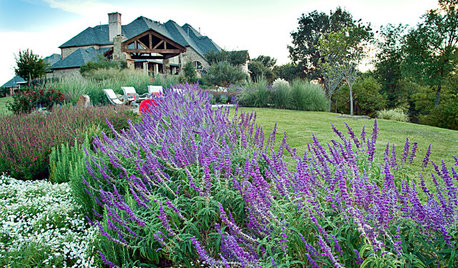
GARDENING GUIDESGreat Design Plant: Salvia Leucantha
Soft, velvety purple spikes gracefully arch over the gray-green foliage of Mexican bush sage in spring through fall in western U.S. gardens
Full Story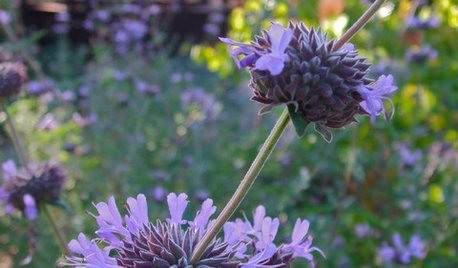
GARDENING GUIDESGreat Native Plant: Cleveland Sage
Get a whiff of this salvia for a garden experience to remember. Oh, and you can almost forget about maintenance
Full Story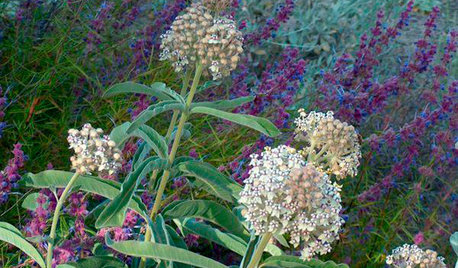
GARDENING GUIDES10 Top Native Plants for Southern California Gardens
Enjoy a fuss-free, water-wise garden by growing plants naturally in tune with the climate and wildlife of Southern California
Full Story
INSPIRING GARDENSNative Plants Bring 10 Southern California Front-Yard Gardens to Life
Rare plants, rain gardens and wildlife habitats are just a few of the features showcased on the 2016 Theodore Payne Native Plant Garden Tour
Full Story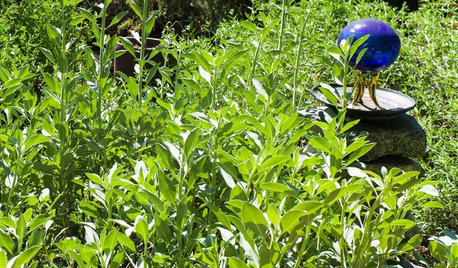
FLOWERS AND PLANTSWhite Sage Shimmers in the Water-Wise Garden
California native Salvia Apiana features silvery-green foliage and seasonal flowers that bees, hummingbirds and butterflies love
Full Story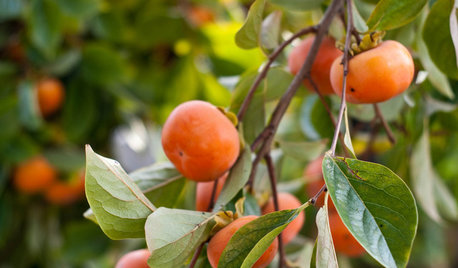
CALIFORNIA GARDENINGCalifornia Gardener's November Checklist
In a season of traditions, let's take advantage of California's familiar — as well as quirky — planting opportunities
Full Story
GARDENING GUIDESCalifornia Gardener's June Checklist
Update your hydrangeas, catch up on tomatoes and more ways to enjoy your California garden in June
Full Story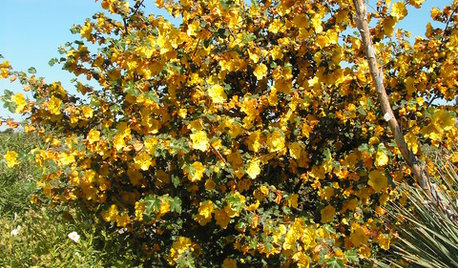
GARDENING GUIDESGreat Native Plant: California Flannel Bush
Forget watering once this bush is established. But the yellow burst in spring and summer, you'll remember
Full Story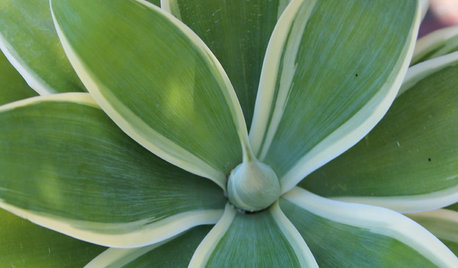
CALIFORNIA GARDENINGCalifornia Gardener's April Checklist
Outsmart droughts with water-savvy plants and sustainable approaches that suit the landscape
Full Story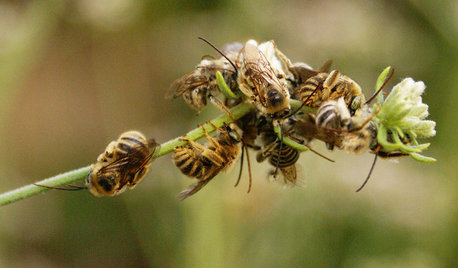
GARDENING GUIDESGreat Design Plant: California Buckwheat Pleases Pollinators
Beneficial insects go wild for this drought-tolerant plant’s summer flowers, while seed heads feed critters foraging in the cold
Full StorySponsored
More Discussions




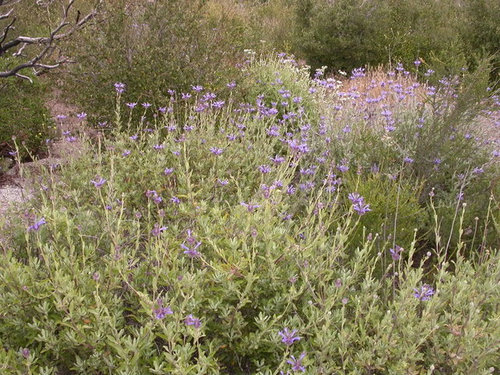

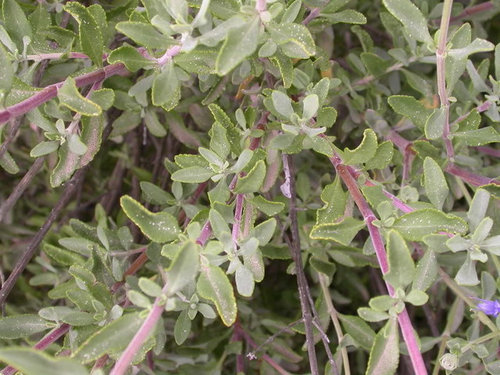
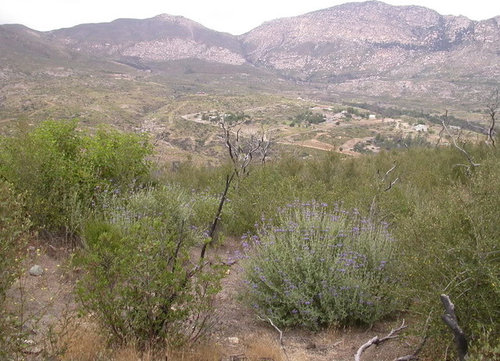
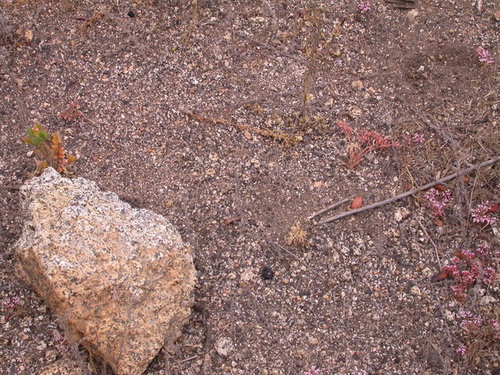
hybridsage
CA Kate z9
Related Discussions
Salvia clevelandii in container?
Q
Salvia clevelandii
Q
How to grow S.spathacea
Q
salvia clevelandii
Q
ccrouletOriginal Author
lorna-organic
kelpmermaid
ccrouletOriginal Author
kelpmermaid
ccrouletOriginal Author
kelpmermaid
ladyslppr
ccrouletOriginal Author
ccrouletOriginal Author
kelpmermaid
ccrouletOriginal Author
kelpmermaid
cheshirekatttt
ccrouletOriginal Author
desertsage
ccrouletOriginal Author
wcgypsy
ccrouletOriginal Author
desertsage
ccrouletOriginal Author
wcgypsy
ccrouletOriginal Author
desertsage
desertsage
CA Kate z9
desertsage
ccrouletOriginal Author
desertsage
ccrouletOriginal Author